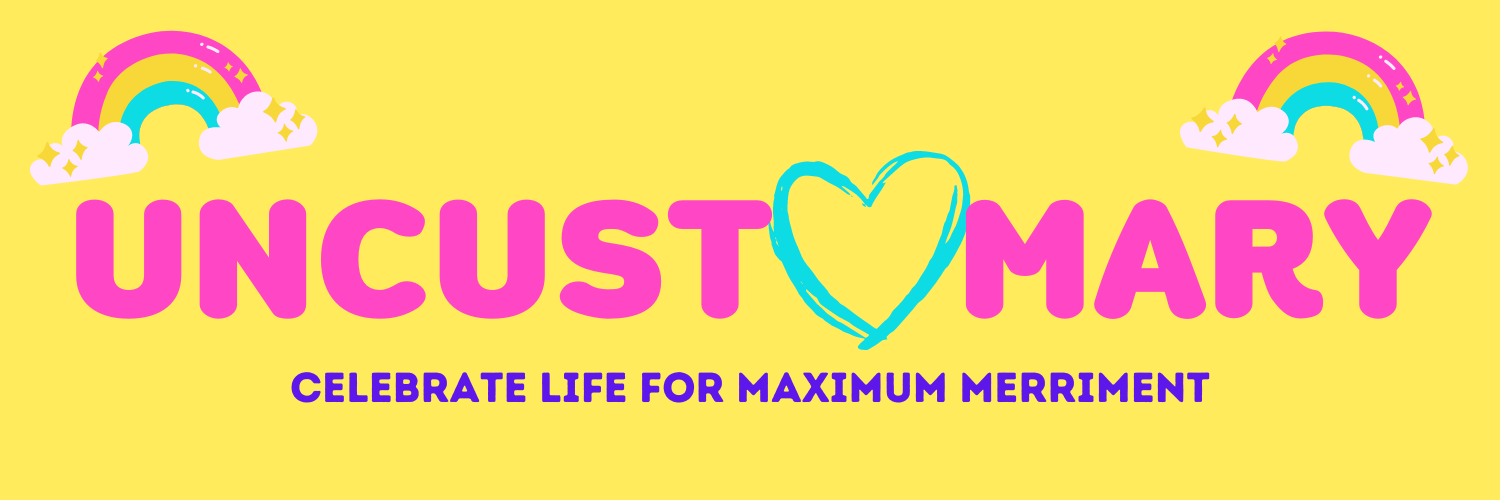Blind spots are always a part of professional as well as personal life. These are the places where people will have no full view of their habits, assumptions, and limitations. With the help of a qualified coach, external observation helps clients identify these underlying dynamics. This not only reveals what is being missed but also enables individuals to draw connections between their values, goals, and actions. The greater clarity, in most cases, comes not of learning but of realizing what we always had, which we were just imagining was there now to be realized.
Moving Beyond Assumptions
Dependence on untested assumptions is one of the greatest obstructions to growth. Coaches are designed to press these assumptions, to push beliefs that have perhaps worn out what they once fulfilled. In this way, they leave room for new insights. As an illustration, one can believe that his communication is successful since no one is handling these messages. A coach guides the discovery of the possibility or fact that team members could be silent because they lack psychological safety. This more profound intellectual view alters the way people interact with one another, as well as the way decisions are made, which tends to bring about significant changes.
The Power of Reflective Dialogue
Clarity is not always found as a simple answer and is normally found in the right questions. Reflective dialogue is a method by which coaches can elicit insights that lie beneath the surface. They do not propose solutions but encourage clients to stop, consider, and formulate their own truths. This sharpens the self-consciousness and avails the confidence required to take necessary action. With time, such a mode of thinking becomes normal and prepares people to handle future failures with greater comfort and resilience.
Unlocking New Pathways
As clarity comes into form, new directions become available. What would have previously seemed confusing or overwhelming now turns easy and can be done. An individual professional may find themselves in a position to understand that it is not the workload that is causing them problems, but rather the lack of priorities. The coach assists them in refocusing efforts to priorities so that they avoid unnecessary stress. This power to look past the fog of daily pressures enables one to make more informed decisions, foster stronger relationships, and gain a new sense of purpose.
Conclusion
The idea of coaching does not involve giving instructions; it is all about making something visible that was previously invisible. Coaches reveal the insights that shift professional and personal development by unearthing blind spots, challenging assumptions, and promoting reflective conversations. For those seeking this deeper level of insight and transformation, resources like TheWorksPartnership.com offer a valuable starting point to explore how coaching can make the unseen visible. Finally, clarity brings momentum, and momentum brings meaningful change. He/she is not just able to look through the lens of the coach, but perform with a greater degree of confidence. To this sort of vision, combined with action, the potential becomes actual, sustained.

